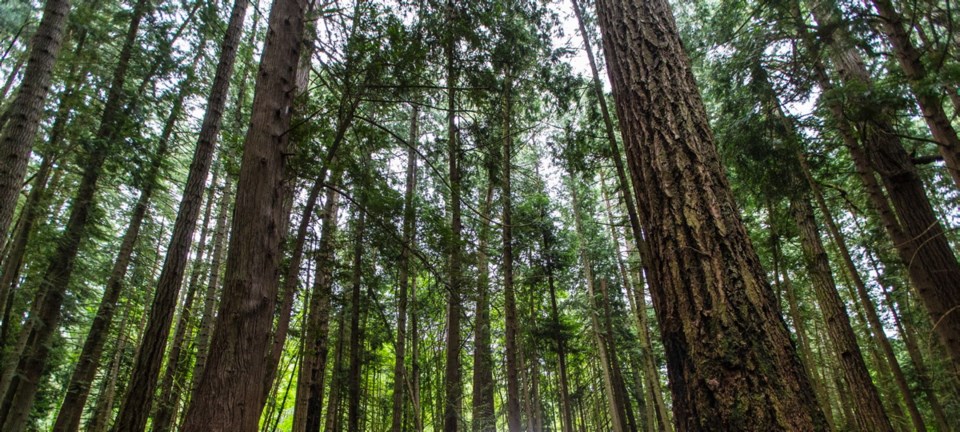Commentary by a registered forest professional and CEO of the Association of B.C. Forest Professionals.
Are we facing a turning point in how we think about and value B.C.’s forests?
In recent years, our forests have been ravaged by pine and spruce beetle, two years of significant wildfires, renewed environmental campaigns against old-growth logging, and now a spate of mill closures.
It’s against this backdrop that the B.C. government for the past few months conducted public consultations on the Forest and Range Practices Act (FRPA) with an eye to making changes it says will “support the health and sustainability of B.C.’s public forests and rangelands, while strengthening public confidence in how these vital resources are managed.”
If you don’t work in forestry, you’ve likely never heard of FRPA, yet the law is one of the most important for managing B.C.’s forests and environment.
Introduced in 2004, FRPA outlines how all forest and range practices and resource-based activities are to be conducted on Crown forest land, while ensuring protection of everything in and on them, such as plants, animals, and ecosystems.
The act is critical to forest professionals, who since 1947 have been responsible for protecting the public interest in the use and management of the forests.
The act has been criticized by a variety of groups, in part because it stipulates that any forest management decisions, including those involving protection for wildlife habitat and water quality, should not unduly reduce the supply of timber.
And while FRPA was drafted with an eye to balancing trade-offs between timber supply and other forest uses, subsequent years have seen an increase in demands that forests be protected for wildlife habitat, outdoor recreation, eco-tourism, and more.
Increasingly, this leaves forest professionals trying to find ways to accommodate these differing uses while at the same time conforming to the legislation’s stated aim about timber supply.
Put simply, forest professionals are trying to balance legal (government-required) and non-legal (locally-desired) priorities that often conflict with each other.
Finding “win-win” solutions for objectives that are completely at odds is almost impossible and leaves everyone unhappy. Clearly, it is time to review and update the Forest and Range Practices Act to clarify how regional communities, Aboriginal Peoples, and other special interests want to use and manage the forest.
In our submission to the government review of FRPA, the Association of B.C. Forest Professionals, which regulates and registers the 5,500 forest professionals working in B.C., called on the government to clearly define the resource values, clarify the desired results, and establish a hierarchy to guide the necessary trade-offs between economic, social, and environmental objectives based on consultation with the public and Aboriginal Peoples.
This is not a new request. We made this same point last year in our submission to the government’s review of the professional reliance framework, and 10 years ago to the Forestry Roundtable.
With 94 per cent of forested land publicly owned, the government has a responsibility to understand what the public wants from its forests and set priorities for the use and management of that forest land.
This is not a small or easy task; there are a multitude of voices clamouring for government to impose their preferred solution.
One need only look at the difficulty establishing a strategy to preserve the caribou population in the northeast as an indication of the complexity of determining the relative values of natural resources.
And therein lies the challenge. What is the public’s interest in our forests? What are the preferred values and uses? A growing number of British Columbians want more say in how our forests are used to reflect their current and future interests.
That’s fair. But at some point, decisions need to be made about what is the priority and how we balance the many desires for different uses of our forest land.
Forest professionals are passionate about our forests; they have the experience and knowledge to best look after our forests and meet the needs identified by those who own the forests. In order to properly care for our forests, we need clarity on what British Columbians expect from their forests and where priorities lie.



